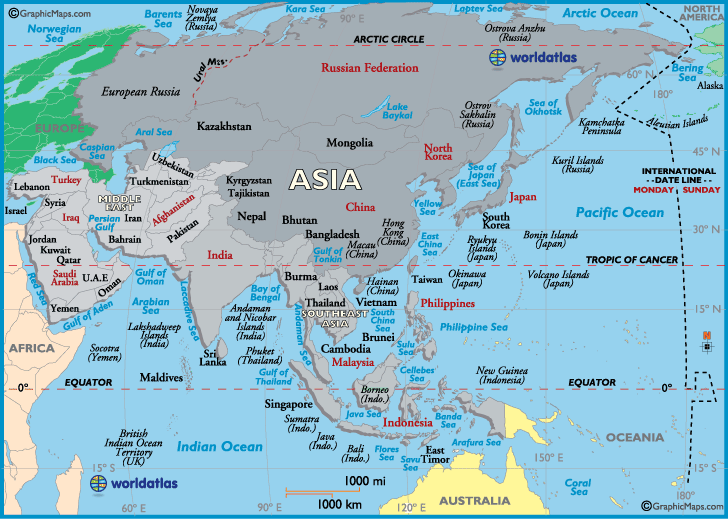PNG's geographical location
Geographical location of a particular state is a geographical or geopolitical factor. This factor affects the political behaviour of a particular state or non-state actor in international as well as domestic politics.
Morgenthau states that the continental territory of the United States
is separated from other continents by bodies of water three thousand
miles wide to the east, and more than six thousand miles to the west. This is a
permanent fact that determines the position of the United States.
PNG is situated north of Australia and shares a land border with the Indonesian province of Papua. This is also a permanent fact that determines the position of PNG.
The geographical position of PNG influenced Japanese war strategy and foreign policy. If the Japanese were able to overcome the Allied forces at Kokoda, they would have easily positioned themselves in Port Moresby and attack Australia. The geographical proximity of Port Moresby to Australia will help Japan to station their air fleet and launch air raids on Australia.
PNG is positioned between Asia and the Pacific. Many have used the phrase 'a bridge between Asia and the Pacific'. This phrase features predominantly in PNG's current foreign policy.
As a result, the government has been pursuing the possibility of becoming a permanent member of the ASEAN regional group instead of an observer. Not only the current government but previous governments as well since the 1980s.
This makes the West Papuan issue important. If PNG disregards the Treaty of Mutual Respect, Friendship and Cooperation we signed with Indonesia by supporting the liberation of West Papua, then we jeopardize our chances of being a permanent member of ASEAN.
Furthermore, our first foreign policy principle under the current foreign policy theme of 'connecting for peace and prosperity in a changing world' is 'Mutual respect for the territorial integrity, sovereignty, independence, and national identity of all nations'. The second principle is 'Non-interference in internal affairs'.
Both governments are also trying to foster economic activities at the border. Trade is already happening at Batas. Mats, hammocks, deodorants and other items from Indonesia are bought at the border and transported to other provinces to resell at a high price.
A recent concern raised by the Governor of East Sepik was about the trading of vanilla beans at the border. Vanilla farmers as far as East Sepik are getting more money by selling their beans at the border. Because of the demand, they are harvesting their beans early resulting in a drop in the quality.
Paias Wingti's suggestion of a super highway from Vanimo to Madang will increase cross border trade and other economic activities. It will open the door for tourists from PNG to travel to Jayapura and other centers. The value of kina makes it more attractive.
The geographical location of the island of New Guinea is another interesting point. In the Asia-Pacific region we can see that the island is at the heart of the region. We have small Melanesian and Polynesian islands to the east. Indonesia to the west and Australia is down south. The small Micronesian islands are to the north and we have the Philippines in the north east.
If PNG develops well its sea ports and air ports including vital road networks. We can be a hub for commercial activities. A case in point is the tightening of agricultural ties with the Philippines. PNG is set to become a rice bowl for the Philippines.
The Joint Declaration on Agriculture Cooperation between the two countries is an opportunity for PNG not only to connect with the Philippines but further consolidate its ambition to be an ASEAN member country.
Time for our leaders to come up with our own version of Mackinder's theory of the Heartland. How can we turn PNG into the heartland of the Asia-Pacific region? It all starts this year (2018) with the APEC summit.

Comments
Post a Comment